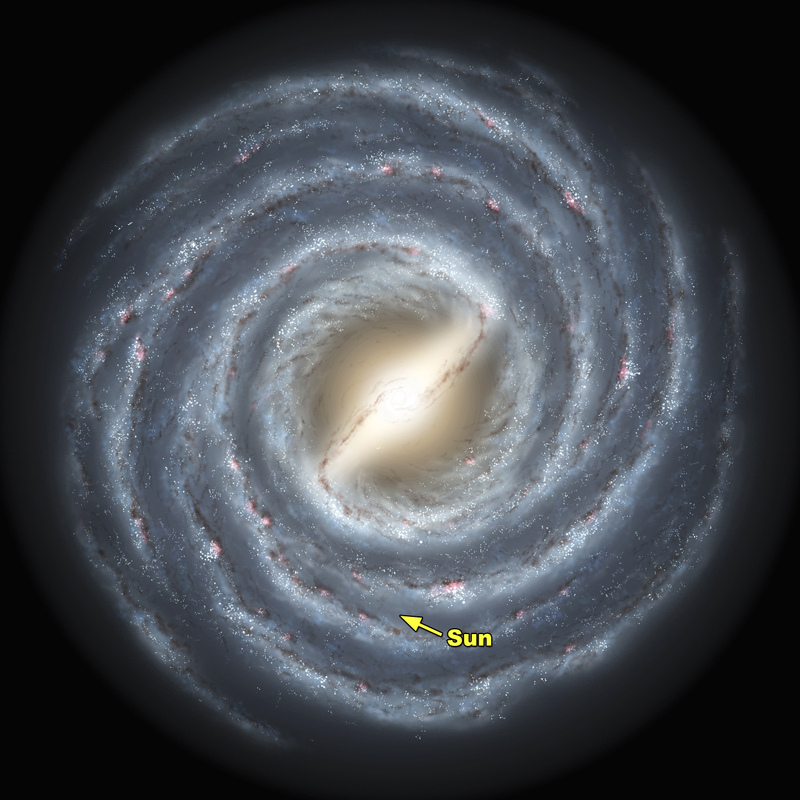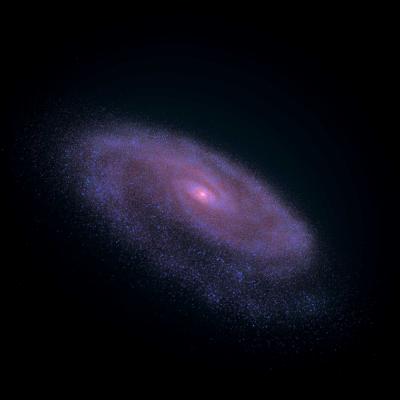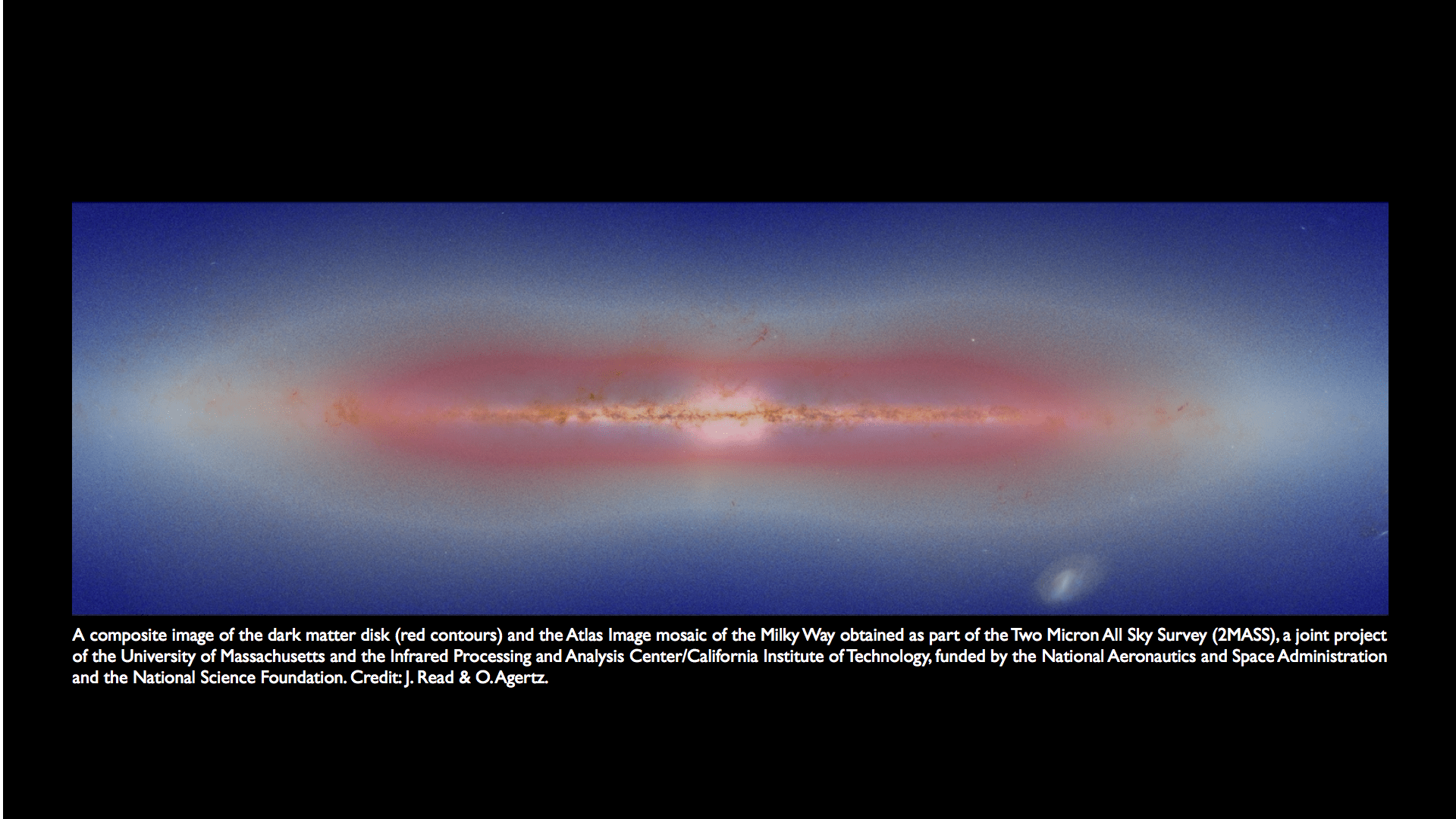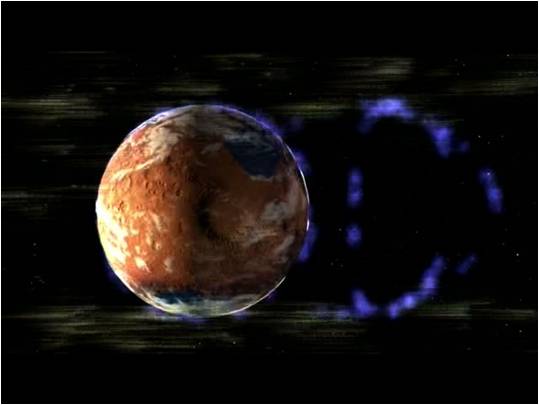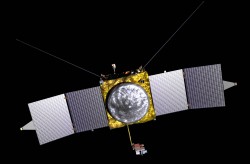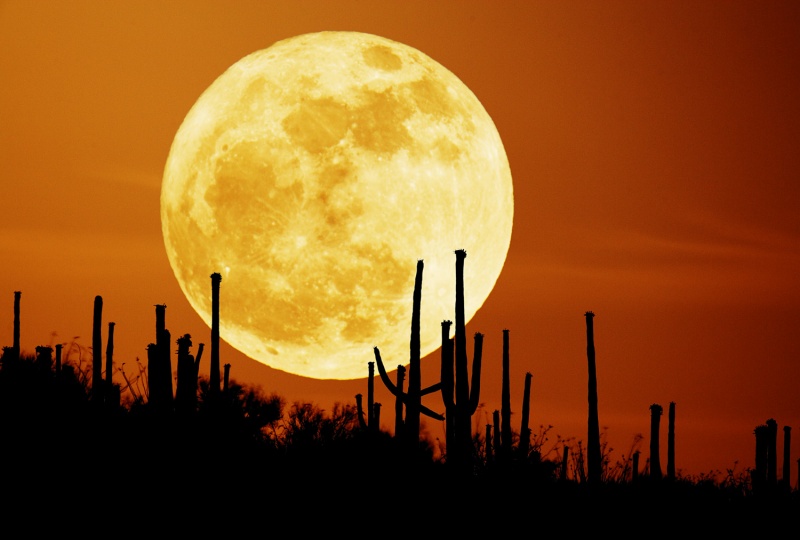[/caption]
I’m sure you know that we live in the Milky Way galaxy, but where is the Sun located? And how did astronomers figure out where the Sun is located, since we’re living inside the galaxy?
The Milky Way is a grand spiral galaxy, which astronomers think has four major spiral arms: Perseus, Cygnus, Scutum-Crux, Sagittarius. Some astronomers think we might actually just have two arms, Perseus and Sagittarius. The Sun is located in the inner rim of the Orion Arm, which is thought to be an offshoot of the Sagittarius Arm. The Sun is located about 26,000 light-years away from the center of the galaxy.
Before telescopes, the Milky Way just looked like a bright area in the sky, but when Galileo first turned his telescope on the region in 1610, he realized that it was actually made up of faint stars. The astronomer Immanuel Kant correctly guessed that this might be a cloud of stars held together by gravity, like the Solar System.
The famous astronomer William Herschel attempted to map out the stars in the Milky Way to get a sense of the galaxy’s size and shape, and determine the Sun’s position in it. From Herschel’s first map, it appeared the Sun was at the center of the Milky Way. It was only later on that astronomers realized that gas and dust was obscuring our view to distant parts of the galaxy, and that we were actually in the outer region of the Milky Way.
The astronomer Harlow Shapley accurately determined where the Sun is in the MIlky Way in the early 20th century by noticing that globular clusters were uniformly located above and below the Milky Way, but they were concentrated in the sky towards the constellation Sagittarius. Shapely realized that many globular clusters must be blocked by the galactic core. He created one of the most accurate maps of the Milky Way.
It wasn’t until the 20th century, with the development of larger and more powerful telescopes that astronomers could see the shape of other spiral galaxies, located millions of light-years away. In 1936, Edwin Hubble used cepheid variables as yardsticks to measure the distances to many galaxies, and prove conclusively that the Universe was filled with galaxies, each with as many stars as our own Milky Way.
Here’s an article from Universe Today about how the Milky Way might actually just have two spiral arms, and the largest picture ever taken of the Milky Way.
Here’s an article about the Great Debate that Harlow Shapley had about the nature of the Milky Way. And here’s Shapley’s obituary, published in Nature in 1972.
We have recorded an episode of Astronomy Cast just about the Sun called The Sun, Spots and All.
Reference:
NASA’s Imagine the Universe!

